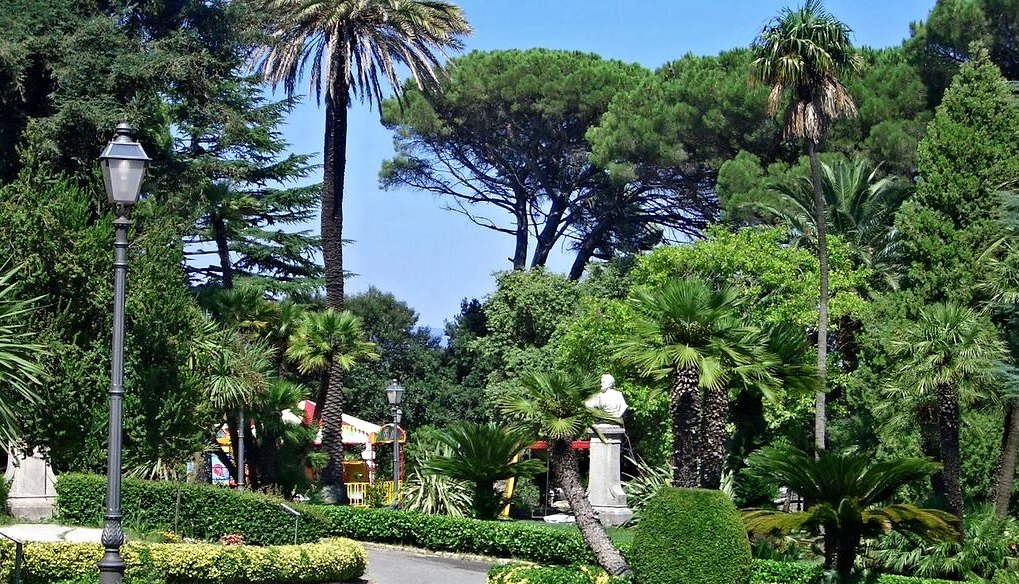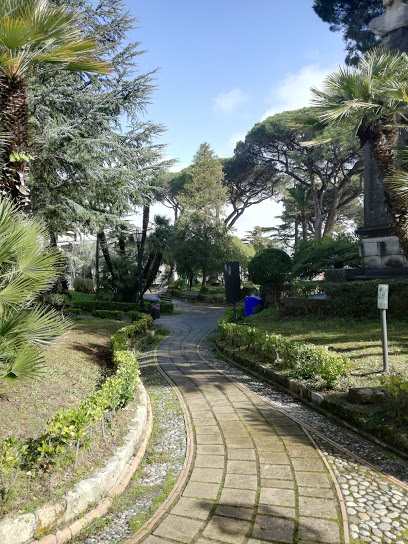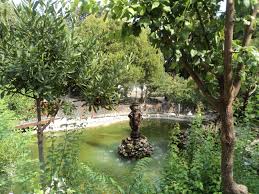It was built on a project by Federico and Enrico Andreotti, on the occasion of the visit of Margarita di Savoia, to which she owes her name. Located in Via Ganoni, in the center of the capital of Calabria, at an altitude of 320 m.
The villa was born in the period of maximum expansion of Catanzaro, when the city was changed immediately after the unification of Italy, through the Manfredi Plan. In 1875, when Mayor Francesco di Seta, developed a public plan, which provides for the construction of a public park on a plot of vegetables and vineyards near the former monastery of Santa Chiara. In 1876, by royal decree, the work was defined as a general instrument. The work began in 1878 and ended in 1880. It was inaugurated on the occasion of Savoy's visit to the city, on 21 January 1881. On that occasion, at the facade of the Regional Museum, a memorial memorial was attached to the consecration:
«The Municipality of Catanzaro commends the most sought-after guests, King Umberto I and the Royal Family on January 21st of MDCCCLXXXI, these clive adorned with palm trees and flowers descended from the Apennine mothers to watch the qualified Ionian seascape of Queen Margarita's flower praise among all the olive trees and happy glories with his smile to Strong, prosperous Italy takes care of »
After World War II the villa was briefly renamed to Villa Trieste. In 1972, by ministerial decree, the "outstanding public interest" of the "municipal villa" was declared.
By virtue of its location and height, from the villa you can see the panorama include, in addition to the city, of course, the Ionian coast up to Isola Capo Rizzuto, and on the other side, Sila. The villa gardens have lush vegetation and are home to many sculptures. The villa also houses the Filippo di Nobili Municipal Library, which was moved here in 1958 after a termite attack, and the Villa Margherita Regional Museum.




